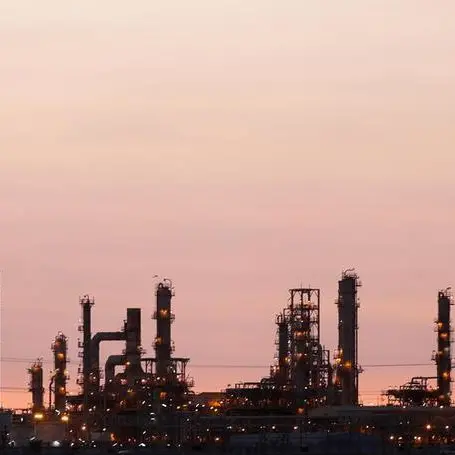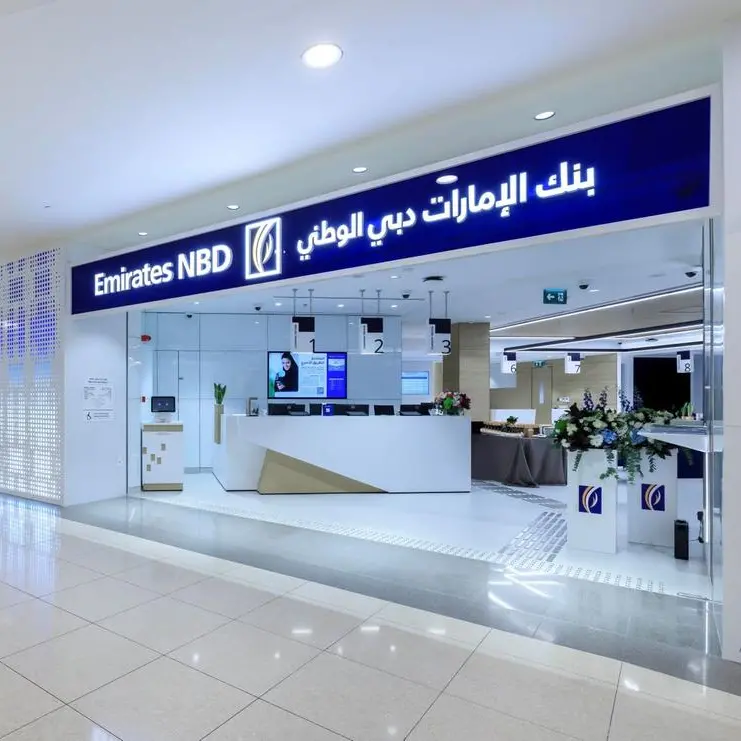PHOTO
Fuel subsidy reform will help Qatar reduce its budget deficit by allowing spending to decrease, according to BMI Research, a Fitch Group company.
"The fuel subsidy reform in Qatar will not increase revenues for the Qatari government, but allow spending to decrease and thus reducing the budget deficit," said BMI Research's analysts Christopher Haines and Olivier Najar.
Qatar expects to post a deficit of QR46.5bn in 2016 as per the country's budget for the current fiscal.
Fuel prices in Qatar were allowed to fluctuate in response to changes in the global market from May 1. The monthly revision in local fuel prices followed the government's decision on fuel subsidy reforms in Qatar.
"Further subsidy cuts could be implemented over the coming quarters, given that political momentum for fiscal consolidation is strong, but we expect these to be limited. Indeed, Qatar has large financial buffers and the country can consolidate its budget gradually to prevent the economy from suffering from a sudden fiscal shock," BMI Research's analysts told Gulf Times.
BMI Research said similar to what had happened in the rest of the Gulf since the start of the year, it expected to see inflation increasing on the back of subsidy cuts.
Nevertheless, annual inflation in Qatar will remain low with a BMI forecast showed it to average 2.9% in 2016.
Because of price revision, users have switched over from higher grade to lower grade gasoline in countries such as Oman and Venezuela, BMI said.
A BMI report showed reforms to fuels subsidies in Oman have impacted consumption habits over early 2016.
BMI's core view remains that increasing vehicle numbers and solid economic fundamentals will support growth, though it sees downside risks to consumption in other GCC states that have undertaken fuel price reform. The Oman Oil Refineries and Petroleum Industries Company (Orpic) has reported slowing demand for fuel in the first four months of 2016 following subsidy reforms at the start of the year, BMI said.
In January 2016, Oman's government reduced subsidy spending by two thirds in an effort to ease budgetary constraints. Gasoline demand has been expanding at an annual growth rate of 9.6% over the last 10 years while demand for diesel grew by 9.1% over the same period.
However, between January and April gasoline demand in Oman only rose by 1% while diesel fell by 4% over the four months. "The slowing consumption in Oman causes concern that other countries that have enacted or planning to roll out subsidy reforms might see a greater impact then first anticipated. The result has been substantially higher pump prices, in percentage terms, making them more vulnerable to a slowdown in consumption growth," BMI said.
While BMI has already adjusted its consumption forecasts to factor in higher prices, it notes that risks lie to the downside with consumers' potentially altering consumption patterns more aggressively.
Slower than expected demand growth across the Gulf Cooperation Council (GCC) would have consequences for the global crude market, which is reliant on emerging markets to pick up the demand slack that is left from stagnant developed markets growth.
"However, despite the increased fuel prices, relative to a share of consumer's income, gasoline remains cheap. While there might be a slight lull in demand initially as consumers adjust spending patterns to higher prices the long term outlook remains strong. The combination of robust economic growth and rapidly increasing vehicle numbers will support our view that the GCC remains a strong fundamental growth market for refined fuels," BMI Research said.
© Gulf Times 2016























